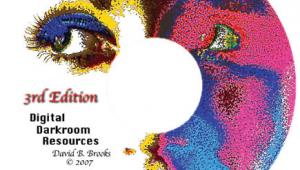The Raw Deal
Why You Should Use The Raw File Format With Digital Cameras
The most common image format use these days with digital cameras is the JPEG (Joint Photographic Experts Group) format. The obvious limitation of JPEG is that it is most often used for its excellent but lossy compression format (there is also lossless JPEG that is rarely used in cameras). Even at low compression rates, the image degrades slightly. More important to stress is the fact that the images undergo heavy color/exposure/ noise/sharpening processing in the camera that reduces the ability to make further post-processing. The JPEG compression works best for images in no need of any further substantial post-processing (which is rare if you get demanding) or under circumstances where such post-processing is prohibited. Many photographers try to get the best possible quality out of their cameras using TIFF or, if supported by the camera, a vendor-specific raw file format. As we will see, the raw file formats allow the most post-processing flexibility. |
|||||
On The Sensor Level |
|||||
First, it is interesting to
note that 50 percent are green and only 25 percent for each red and blue.
The reason for this is that the human eye can differentiate far more green
shades than red and blue. The green also covers the most important and
widest part of the visible spectrum. Thus, the sensor captures gray values
filtered by these color filters. |
|||||
Image Artifacts The Raw Deal |
|||||
Your Own Solutions What About TIFF? I'd like to thank the following individuals and companies for all of their help with this article: Daniel Stephens--Bayer schema pictures. Foveon--Demosaicing error schema, personal discussions with Dick Merrill (X3 chip designer). Michael_Jønsson--Lead developer for Capture One DSLR at Phase One. |
|||||






















































